Who Controls the User Experience? AMD’s Carrizo Thoroughly Tested
by Ian Cutress on February 4, 2016 8:00 AM EST#4 The HP Pavilion 17z-g100 (Carrizo, A10-8700P)
Of the group, the HP Pavilion sits as the larger screen, medium range hardware component with a similar sort of finesse to the Elitebook, albeit at a much lower price point. This 17-inch model was certainly heavy, suggesting that it is more aimed at that desktop replacement or mobile office group of users who want a large screen, although this one was also a 1366x768 TN panel, which pushes down the sticker price.
| HP Pavilion 17z-g100 (Carrizo) Specifications | |
| Size and Resolution | 17-inch, 1366x768 TN with Touch |
| Processor | AMD A10-8700P Dual module, 4 threads 1.8 GHz Base Frequency 3.2 GHz Turbo Frequency |
| Graphics | Integrated R6 384 Shader Cores 800 MHz maximum frequency GCN 1.2 |
| TDP | 15W |
| Memory | 8 GB in Single Channel Operation 1 x 8GB at DDR3L-1600 C11 Dual Channel Capable |
| Storage | 1TB HGST HDD |
| Battery Size | 41.113 Wh 4 cell Li-Ion design |
| WiFi | Realtek RTL8723BE 802.11n 1x1 |
| Optical Drive | Yes |
| Dimensions | 16.49 x 11.29 x 1.12-inch |
| Weight | From 6.84 lbs |
| Webcam | 1280x720 |
| Ports | Memory Card Reader HDMI 2 x USB 3.0 + 1 x USB 2.0 10/100 Ethernet |
| Operating System | Windows 10 Home |
This unit was purchased especially for our testing (it turns out there’s a Best Buy around the corner from AMD HQ), and comes in low on the hardware all around. Aside from the screen, the A10-8700P processor comes mid-stack of the Carrizo parts, with a 1.8 GHz base and 3.2 GHz turbo frequency for the dual module/quad thread design. The integrated graphics rings in at 384 streaming processors, or 6 compute units, running at 720 MHz.
Memory and storage are at the base level, going for a single module of 8GB (meaning single-channel memory operation) and a 1TB HGST mechanical hard-drive. The Pavilion is dual channel capable though, which would be my first port of call for an upgrade. The Wi-Fi is also bargain basement, being a single stream 802.11n solution in the Realtek RTL8723BE.
There has to be some upsides to this, right? Assuming low power everything, low resolution display, large heavy design with a big battery? Our light battery life test clocked in at 5.43 hours, or 326 minutes, meaning that some of the hardware here is only here because it needs to hit a price point.
The Design
Aside from the specifications, the Pavilion has a good look to it.
Aside from the outside of the chassis at the top of the page, the insides give a near-complete keyboard with a number pad and a curved fold-in display latch that feels aesthetically pleasing to me. The keyboard has some quirks, namely the arrow keys are of different sizes and the lack of a quick access mute/airplane mode button. The trackpad is slightly offset to the left, and I didn’t actually hate the movement on this one. The wrist rest is smooth but plastic, the sort that leaves oils and grease from hands touching it.
The audio strip is a Bang & Olufsen design, with a power button on the left.
On the sides we get two USB 3.0 ports, a single USB 2.0 port, HDMI output, power/drive lights, a 3.5 mm headset jack, the exhaust vents, a full sized Ethernet port, a card reader, and the first laptop in this test with a DVD drive.
The vent on the side is the exhaust, and the intakes for the Pavilion are on the bottom, as shown above. As you might expect, there are a number of rubber feet on the bottom, including a single strip closed to the user, to help with stability, balance and grip.
Pavilion Specific Testing
On the display, the minute someone announces 13x7 TN it should fill most enthusiasts with dread. The lack of viewing angles was fairly obvious, but it wasn’t the worst display we tested from the set. Low brightness was at 0.624 nits while peak brightness was at 203 nits, giving a respectable 325 contrast ratio. The peak brightness is somewhat low, but that low peak brightness fits between the two Elitebooks.
For color reproducibility, both green and red have a good crack at it, with green doing better under 50% and red doing better over 50%. Blue undershot the whole range pretty much, as we saw on the other HP notebooks.
The processor page looks much like the others, with four processing threads and six graphics compute units.
On the integrated R6 graphics, this confirms the 384 streaming processors running at 720 MHz. An interesting element here is the memory bandwidth, showing 19.2 GB/s which is half-way between single channel and dual channel, which means the memory might speed up under load, or we have a wrong reading. Not sure on that one.
On the battery charge, the 41.1 Wh battery gave a 50% charge in 41 minutes, before hitting 98% charge in 96.


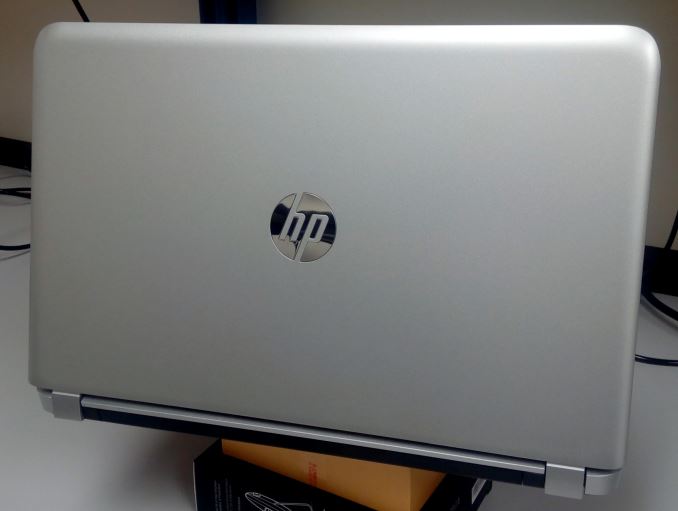






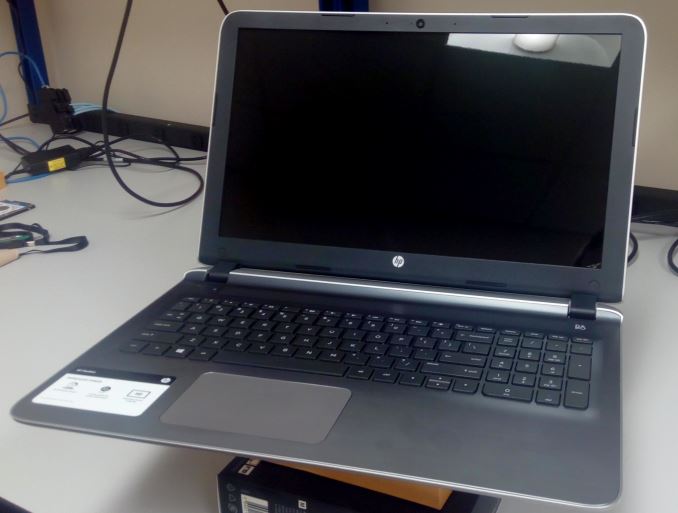
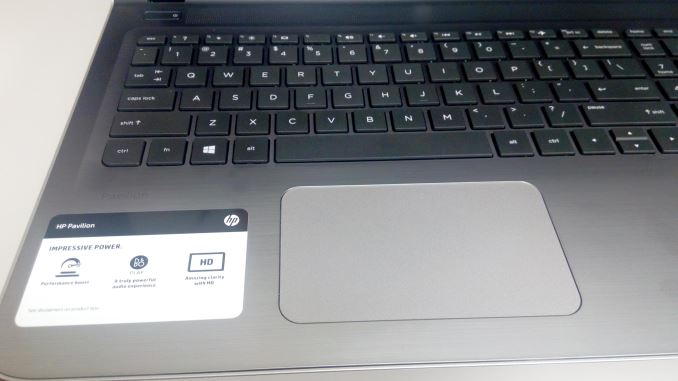
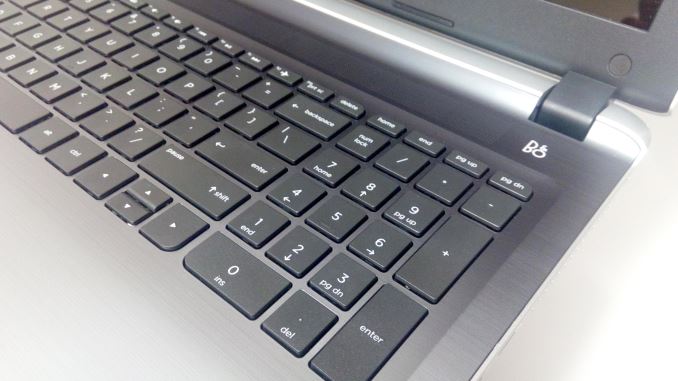


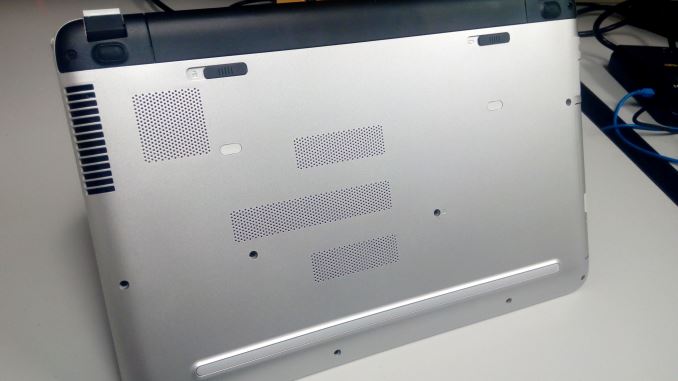
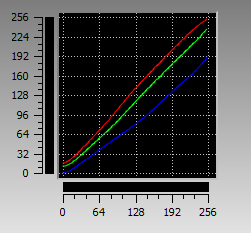

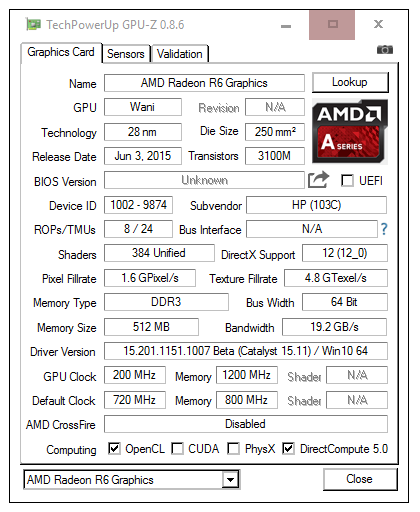
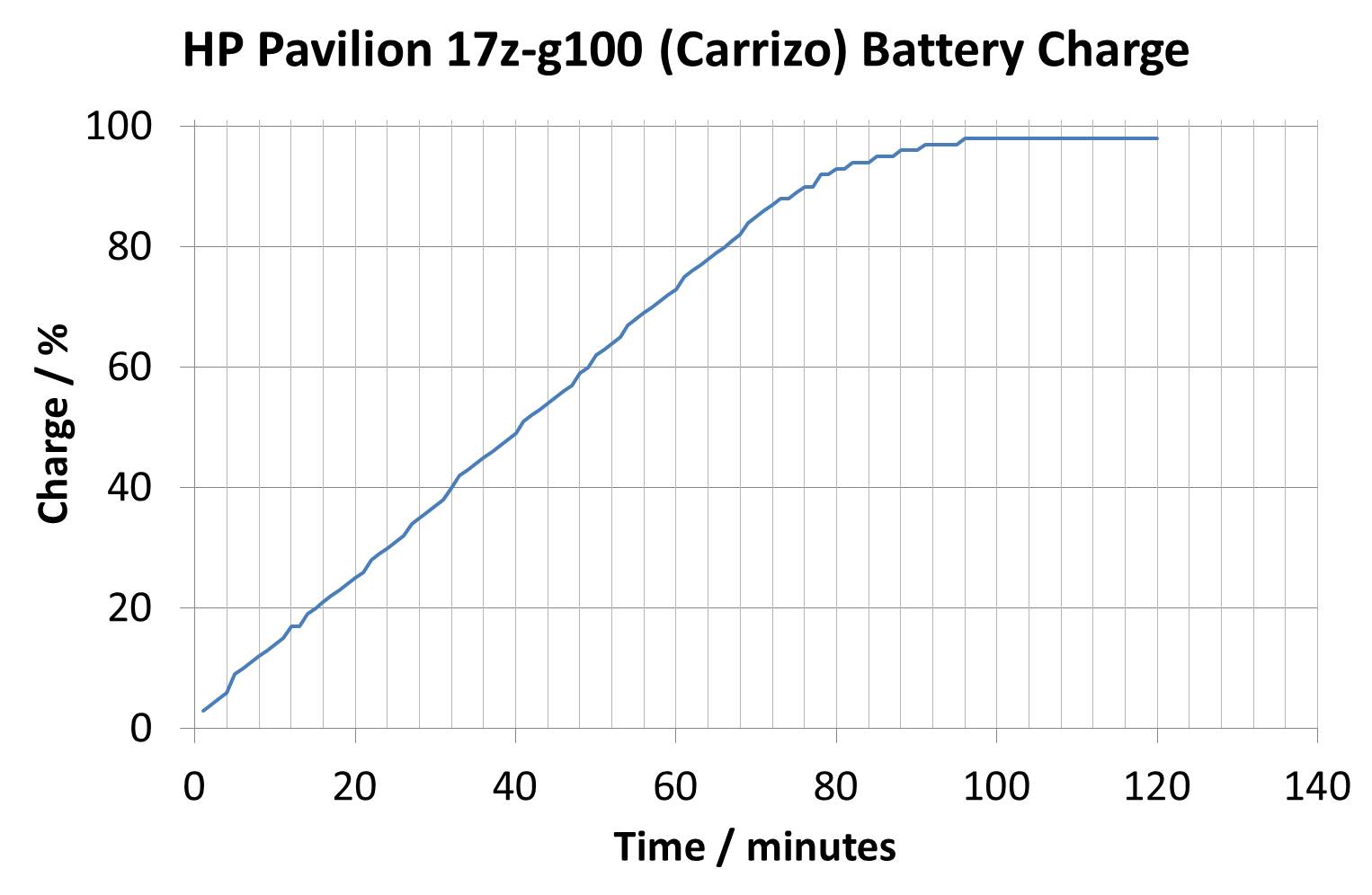








175 Comments
View All Comments
Kylinblue - Friday, February 5, 2016 - link
When I saw the sub-page title "AMD's Industry Problem" I though it is the conclusion, after reading that page I found out I am just at half of the whole article. Well done Ian, well done...ImSpartacus - Friday, February 5, 2016 - link
I know, right? I'm one of those weirdos that reads the pages backwards (mostly), so I was immediately surprised at the list of pages before the conclusion. I honestly haven't finished even half of the article, but it's already evident that some tlc went into it.just4U - Saturday, February 6, 2016 - link
A excellent article Ian.. and actually a surprise I wasn't expecting anything in the pipe like this right now.SviatAI - Friday, February 19, 2016 - link
Unfortunately, this often happens when you work for some ecommerce shop selling various goods, the boss of the shop may not want such kind of articles about the products he or she sells. They want it now and fast, just to fill the site with irrelevant content. The problem is that you want to make something better than a stupid re-write. But who cares? So, I am happy for those guys who write for AnandTech and other similar websites. They can learn something new while doing their job.CajunArson - Friday, February 5, 2016 - link
This article certainly proves one thing: When it comes to price lists on Intel Mobile parts, the numbers you see on ARK have absolutely nothing to do with the actual price that OEMs pay in real life.Observe the supposedly major $200 price premium for Intel chips when you read a price list in a vacuum, but then see that the real-life Intel system [with an honest-to-God *quad core* chip!] is basically selling for the exact same price as a much less capable Chorrizo part.
I personally got a Costco-Special notebook for the wife last year at $500.. it has an I5-5200U, and I assure you that the OEM most certainly didn't sell that notebook at that price after spending $300 on the CPU.
extide - Friday, February 5, 2016 - link
BTW, that's not a quad core. It's dual, with hyperthreading :)CajunArson - Friday, February 5, 2016 - link
When I said quad core I was referring to the Core i5-6300HQ (45W) in the price comparison that Anand posted. It is a 4 physical core part in a notebook that only costs $8 more than a "4 core" Carrizo using AMD's "cores".I am aware that the 5200U is a dual-core hyperthreaded part too. Like I said, the entire price of the notebook including the 5200U was only $500 (it has 8 GB of RAM too).
extide - Tuesday, March 22, 2016 - link
Ah, yes, Intel is FINALLY shipping quad core mobile i5's. Good call :)vladx - Saturday, February 6, 2016 - link
Except you didn't put in consideration that what you bought was called "Special" for a reason and it wasn't the release price of the product that was most likely $200+ more.Braincruser - Friday, February 5, 2016 - link
AMD still has a long way to go before its considered a valid choice. The 4.5W intel beats it in the tasks its gonna be used in. Even in graphics, the supposed strong side of amd's APU.